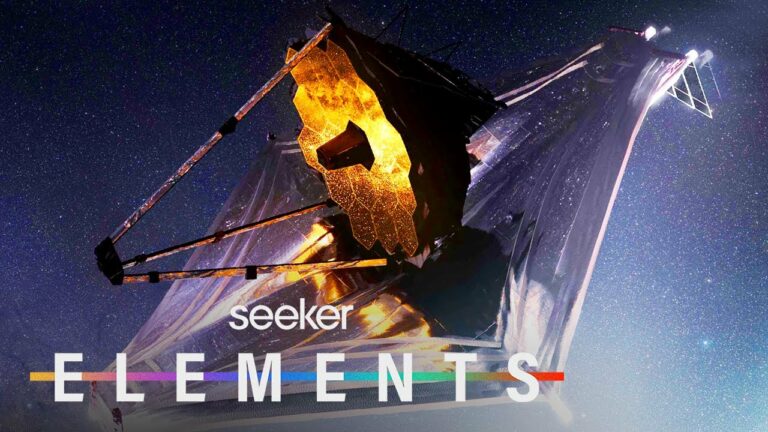How James Webb Will Give Us Our Best View Yet Of the Universe
Space is actually FULL of dust—we’re talking about pillars of dust extending over a BILLION kilometers in size. So how exactly are orbiting observatories like the James Webb Space Telescope able to see anything?
Alright, first let’s go over the basics of what cosmic dust actually is. In contrast to your typical household dust bunnies, cosmic dust is a collection of extremely tiny solid matter particles drifting around in space.
And I mean really, really, really small. Like just a few molecules across. You may be wondering: how much dust is there in the universe…and where did it even come from?!
So here’s the thing—astronomers don’t exactly know the answers to these questions. BUT they do know that around 4,700 metric tons of dust falls onto Earth every year. AND they know that supernovas played a huge part in its production and distribution.
All the light that gets absorbed or scattered by the dust clouds makes stars tucked behind them seem more red and faint. This means that the average human eye looking through a regular old telescope is no match for a dust cloud since most of the light reaching that telescope will be outside the visible light spectrum. But now astronomers want to see in even greater detail. And this is where the James Webb Space Telescope comes into play.
Do not forget to share your opinion with us to provide you with the best posts !




0 Comments